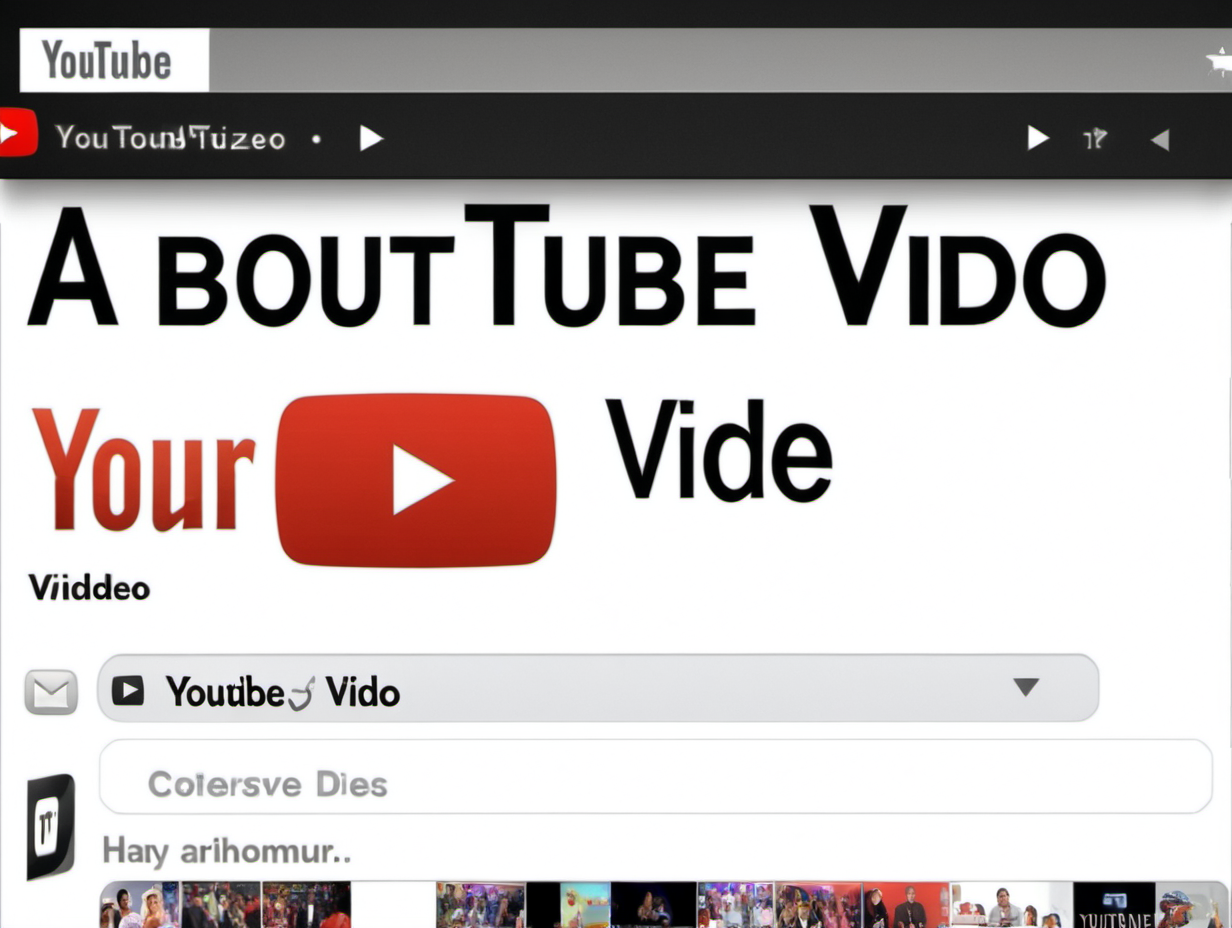Easy Guide To Ultra-Realistic AI Images (With Flux)
Summary
TLDRThe video explores the impressive advancements in AI-generated images, particularly with Stable Diffusion 3, which creates hyper-realistic images that can easily blend in with social media feeds. It discusses the use of 'Aurora' models to enhance image quality and realism, and how combining these with platforms like f.aai and Runway ML can produce convincing AI-generated videos. The host shares their trials with different tools, providing insights into the process of generating and animating ultra-realistic AI characters.
Takeaways
- 😲 AI-generated images have become incredibly realistic, making it difficult to distinguish them from real photos.
- 🎨 The script discusses Stable Diffusion 3, a model known for creating hyper-realistic images.
- 🤖 Flux, a part of the AI model, is highlighted for its ability to produce images that look like casual snapshots rather than professionally composed photos.
- 🖼️ The script mentions instances where AI-generated images have a 'plastic' or 'shiny' appearance, which can be a giveaway that they're not real.
- 🔍 The use of 'Aurora', a low-rank adapter that enhances image quality, style, or character consistency, is explained as a way to improve AI-generated images.
- 🌐 The script explores different platforms like Comfy UI, f.a, and Runway ML for generating and animating AI images.
- 💸 There's a mention of the cost associated with using AI image generation services, with some platforms offering initial credits for new users.
- 🎥 The process of animating AI-generated images to create realistic videos is discussed, including the use of Lum's Dream Machine and Runway ML's Gen 3.
- 📈 The script suggests that with the right settings and a bit of fine-tuning, it's possible to generate highly realistic AI images and videos.
- 🔧 The video script serves as a tutorial for AI enthusiasts, providing insights into the latest tools and techniques for creating ultra-realistic AI content.
Q & A
What is the main topic discussed in the script?
-The main topic discussed in the script is the advancement in AI-generated images, specifically focusing on the capabilities of Stable Diffusion 3 and the use of Aurora (AI model fine-tuning) to create highly realistic images and videos.
What is Stable Diffusion 3 known for?
-Stable Diffusion 3 is known for generating highly realistic images that can be difficult to distinguish from real photographs, especially when scrolling through social media platforms like Instagram.
How does the speaker describe the quality of AI-generated images from Stable Diffusion 3?
-The speaker describes the AI-generated images from Stable Diffusion 3 as 'really good' and 'phenomenal,' noting that they are so realistic that they could easily be mistaken for real photographs taken by a person.
What is Aurora and how does it enhance AI-generated images?
-Aurora, also known as a low-rank adapter, is a tool that can be thought of as a filter or plugin used to fine-tune AI-generated images. It allows for targeted improvements in image quality, style specificity, or character consistency without the need for extensive computational power or complete retraining of the foundational AI model.
What is the purpose of using Aurora in combination with Stable Diffusion 3?
-The purpose of using Aurora in combination with Stable Diffusion 3 is to enhance the realism of the generated images by adding extra information that improves skin, hair, and wrinkle details, making the images look more lifelike.
How does the speaker attempt to recreate the ultra-realistic AI-generated images?
-The speaker attempts to recreate ultra-realistic AI-generated images by using the flux realism Aurora model on the f.aai site, adjusting the guidance scale, and then using Runway ML to animate the generated images.
What challenges does the speaker face when generating realistic AI images with flux inside of Glyph?
-The speaker faces challenges such as the images having a 'plastic shininess' to the skin and not looking as realistic as those generated by others using Aurora. The speaker also notes the lack of options to add Aurora within the Glyph workflow builder.
What is the significance of the 'guidance scale' in the AI image generation process?
-The 'guidance scale' is significant in the AI image generation process as it determines the level of detail and realism in the output. The speaker found that setting the guidance scale to two produced more realistic results compared to the default setting.
How does the speaker evaluate the quality of the AI-generated videos?
-The speaker evaluates the quality of the AI-generated videos by looking at the realism of the movements and the consistency of the generated images, noting issues like the floating microphone and the unnatural stillness of the microphone in the animations.
What are the two main tools the speaker uses to animate AI-generated images?
-The two main tools the speaker uses to animate AI-generated images are Runway ML and Lum's Dream Machine.
What conclusion does the speaker draw about the current state of AI-generated videos?
-The speaker concludes that while the AI-generated videos are impressive, they may require multiple attempts or 'rerolls' to achieve the highest level of realism, and that some of the ultra-realistic videos circulating might be cherry-picked for their quality.
Outlines

This section is available to paid users only. Please upgrade to access this part.
Upgrade NowMindmap

This section is available to paid users only. Please upgrade to access this part.
Upgrade NowKeywords

This section is available to paid users only. Please upgrade to access this part.
Upgrade NowHighlights

This section is available to paid users only. Please upgrade to access this part.
Upgrade NowTranscripts

This section is available to paid users only. Please upgrade to access this part.
Upgrade NowBrowse More Related Video

Stable Diffusion 3 Announced! How can you get it?

How AI Image Generation Works: DALL-E, Stable Diffusion, Midjourney

HOW much 💵💰💵 did Stable Diffusion COST to Train?

How to make AI ART for FREE in 2 Minutes - NSB Pictures

I Tried The Ai Influencer Side Hustle & Made $_,____

GOOGLE Genie SCIOCCA l'industria dello spettacolo
5.0 / 5 (0 votes)